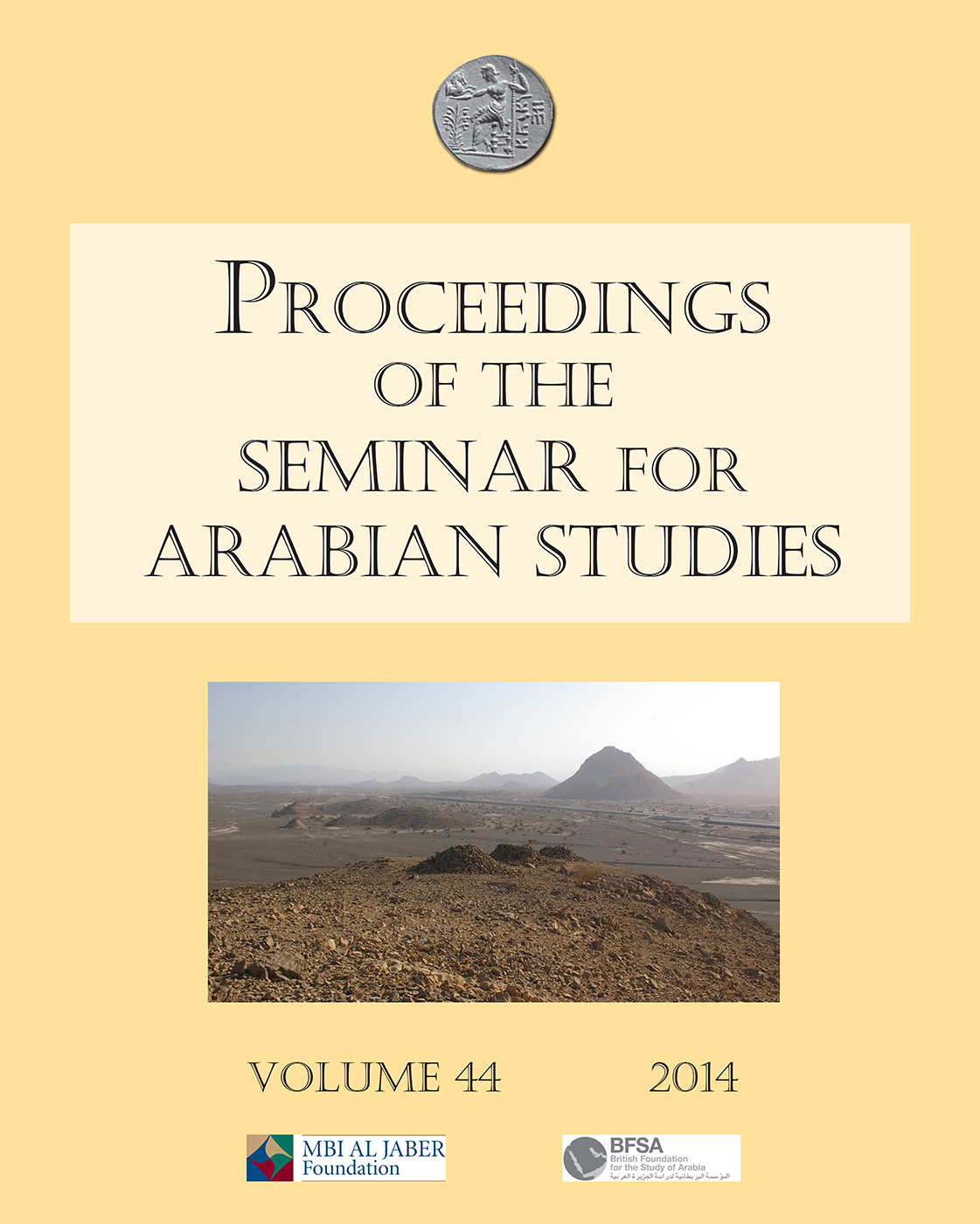Ethnographic light on the form, function, and decoration of 'Arabian-style' cuboid incense burners from first-millennium BC Nippur
Abstract
Over 200 incense burner fragments made of clay have been discovered from archaeological contexts throughout most of southern Mesopotamia dating from the first millennium BC. In two parts, this article examines the form and function of a corpus of locally produced incense burners from the archaeological site of Nippur in southern Iraq. It argues that the idea of the four-legged incense burner and some syntactical designs on it are an attempt to emulate forms and patterns indigenous to the Arabian Peninsula. To support this argument, ethnographic data on the handicraft production of the clay incense burner from the Dhofar, the southernmost region of the Sultanate of Oman, as part of the Dhofar Ethnoarchaeology Preservation Project, is presented for the first time. This region, where environmental and cultural factors favour the development of a domestic ceramic specialization, is also known for its contemporary terracotta cuboid incense burners, which are crafted today in a similar form and style as the past. From interviews conducted on the ground, modern cuboid incense burner makers have revealed important information on how they select and execute Arabian architectural designs, using a repertoire of stamped tools to impress geometric patterns onto clays.
References
.
Published
How to Cite
Issue
Section
License
Archaeopress Publishing, Oxford, UK


